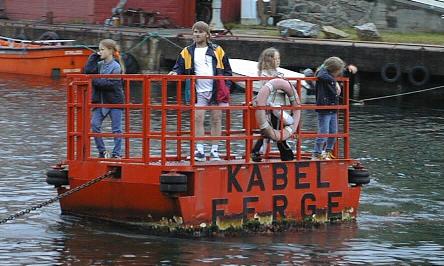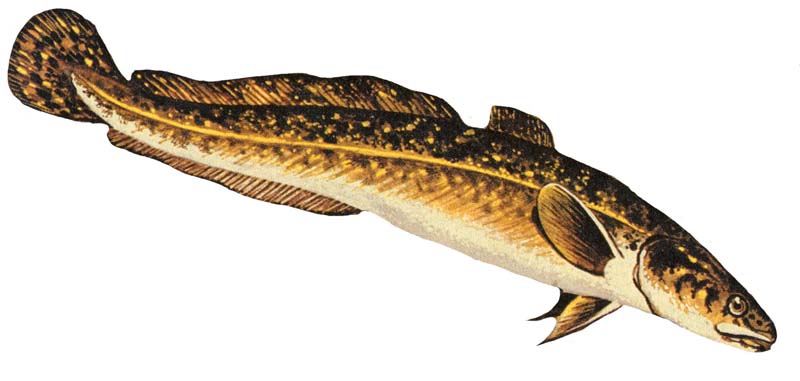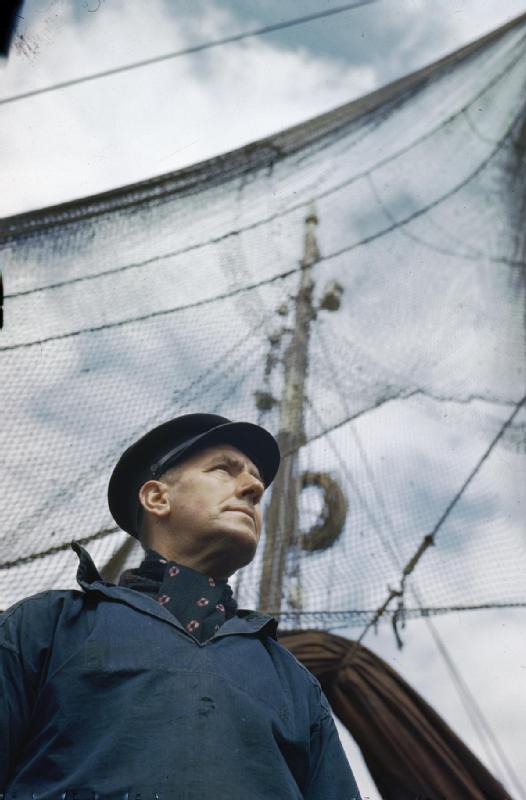|
Straussee
The Straussee is a German lake located in Strausberg, Brandenburg. It is situated about north-east of the city of Berlin. The town of Strausberg occupies the eastern shore of the lake, whilst the forest of the Strausberger Forest is on the western shore. Overview The lake is approximately long and wide, with an average depth of and a maximum depth of . It is crossed in its middle by the Straussee Ferry, an unusual electrically propelled passenger cable ferry. The lake is relatively rich in fish, and is popular with both Recreational fishing, anglers and commercial fisherman, fishermen. It contains populations of northern pike, zander, eel, crayfish, burbot, various species of perch, and carp. Rainbow trout are bred in Aquaculture, fish farms. References External links * * {{Authority control Strausberg Lakes of Brandenburg ... [...More Info...] [...Related Items...] OR: [Wikipedia] [Google] [Baidu] |
Straussee Ferry
The Straussee Ferry (German: ''Strausseefähre'') is a passenger cable ferry that crosses the Straussee lake, near the town of Strausberg in Brandenburg, Germany. Overview The ferry service is operated by the Strausberg Railway, using the ferry ''Steffi'', which can carry up to 100 passengers at a time. The ferry is unusual in that it is electrically operated, with an overhead supply at 170 volts. Although there are other operations of this type in the world, this operation is believed to be unique in Europe. The overhead wire for the power supply of the ferry is fixed on two lattice towers, one on the eastern shore of Straussee at the edge of the city of Strausberg and one on the western shore of Straussee at the edge of Strausberg forest. The distance between both towers is 370 metres making it to the longest span of an overhead wire used for vehicle power supply. The tower on the eastern shore, which also carries a clock, has a height of 9.6 metres and replaced in 2006 an older ... [...More Info...] [...Related Items...] OR: [Wikipedia] [Google] [Baidu] |
Strausberg
Strausberg () is a town in Brandenburg, Germany, located 30 km east of Berlin. With a population of about 27,000 it is the largest town in the district of Märkisch-Oderland. History Strausberg was founded ''circa'' 1240, and in 1333 its first town hall was built. Today, a historic defensive wall borders the old town. In the 19th century, industrialization took place and the town developed a local labour movement, including union structures and a local branch of both the Social Democratic and the Communist Party of Germany. After 1945, the town became part of East Germany and the seat of its Ministry of National Defence. Strausberg was the administrative seat of the Strausberg district, until a 1993 merger with Bad Freienwalde and Seelow formed "Märkisch-Oderland", with Seelow becoming the new administrative seat of the district. It is where the German Army Command is located. Geography Strausberg covers an area of 68 km2. There are over 1,500 businesses and 100 km ... [...More Info...] [...Related Items...] OR: [Wikipedia] [Google] [Baidu] |
Cable Ferry
A cable ferry (including the terms chain ferry, swing ferry, floating bridge, or punt) is a ferry that is guided (and in many cases propelled) across a river or large body of water by cables connected to both shores. Early cable ferries often used either rope or steel chains, with the latter resulting in the alternative name of chain ferry. Both of these were largely replaced by wire cable by the late 19th century. Types There are three types of cable ferry: the reaction ferry, which uses the power of the river to tack across the current; the powered cable ferry, which uses engines or electric motors (e.g., the Canby Ferry in the U.S. State of Oregon) to wind itself across; and the hand-operated type, such as the Stratford-upon-Avon chain ferry in the UK and the Saugatuck Chain Ferry in Saugatuck, Michigan, United States. Powered cable ferries use powered wheels or drums on board the vessel to pull itself along by the cables. The chains or wire ropes can be used with a su ... [...More Info...] [...Related Items...] OR: [Wikipedia] [Google] [Baidu] |
Zander
The zander (''Sander lucioperca''), sander or pikeperch, is a species of ray-finned fish from the family Percidae, which includes the perches, ruffes and darters. It is found in freshwater and brackish habitats in western Eurasia. It is a popular game fish and has been introduced to a variety of localities outside its native range. It is the type species of the genus ''Sander''. Taxonomy The zander was first formally described in 1758 as ''Perca lucioperca'' by Carolus Linnaeus in volume 1 of the tenth edition of ''Systema Naturae'' and he gave the type locality as "European lakes". When Lorenz Oken (1779-1851) created the genus ''Sander'' he made ''Perca lucioperca'' its type species. The zander is part of the European clade within the genus ''Sander'' which split from a common ancestor with the North American clade, which the walleye (''S. vitreus'') and the sauger (''S. canadensis'') belong to, around 20.8 million years ago. Within the European clade the Volga pikeperch ('' ... [...More Info...] [...Related Items...] OR: [Wikipedia] [Google] [Baidu] |
Rainbow Trout
The rainbow trout (''Oncorhynchus mykiss'') is a species of trout native to cold-water tributaries of the Pacific Ocean in Asia and North America. The steelhead (sometimes called "steelhead trout") is an anadromous (sea-run) form of the coastal rainbow trout or Columbia River redband trout that usually returns to freshwater to spawn after living two to three years in the ocean. Freshwater forms that have been introduced into the Great Lakes and migrate into tributaries to spawn are also called steelhead. Adult freshwater stream rainbow trout average between , while lake-dwelling and anadromous forms may reach . Coloration varies widely based on subspecies, forms, and habitat. Adult fish are distinguished by a broad reddish stripe along the lateral line, from gills to the tail, which is most vivid in breeding males. Wild-caught and hatchery-reared forms of the species have been transplanted and introduced for food or sport in at least 45 countries and every continent except ... [...More Info...] [...Related Items...] OR: [Wikipedia] [Google] [Baidu] |
Carp
Carp are various species of oily freshwater fish from the family Cyprinidae, a very large group of fish native to Europe and Asia. While carp is consumed in many parts of the world, they are generally considered an invasive species in parts of Africa, Australia and most of the United States. Biology The cypriniformes (family Cyprinidae) are traditionally grouped with the Characiformes, Siluriformes, and Gymnotiformes to create the superorder Ostariophysi, since these groups share some common features. These features include being found predominantly in fresh water and possessing Weberian ossicles, an anatomical structure derived from the first five anterior-most vertebrae, and their corresponding ribs and neural crests. The third anterior-most pair of ribs is in contact with the extension of the labyrinth and the posterior with the swim bladder. The function is poorly understood, but this structure is presumed to take part in the transmission of vibrations from the swim bl ... [...More Info...] [...Related Items...] OR: [Wikipedia] [Google] [Baidu] |
Perch
Perch is a common name for fish of the genus ''Perca'', freshwater gamefish belonging to the family Percidae. The perch, of which three species occur in different geographical areas, lend their name to a large order of vertebrates: the Perciformes, from the el, πέρκη (), simply meaning perch, and the Latin ''forma'' meaning shape. Many species of freshwater gamefish more or less resemble perch, but belong to different genera. In fact, the exclusively saltwater-dwelling red drum is often referred to as a red perch, though by definition perch are freshwater fish. Though many fish are referred to as perch as a common name, to be considered a true perch, the fish must be of the family Percidae. The type species for this genus is the European perch, ''P. fluviatilis''. Species Most authorities recognize three species within the perch genus: * The European perch (''P. fluviatilis'') is primarily found in Europe, but a few can also be found in South Africa, and even as far ea ... [...More Info...] [...Related Items...] OR: [Wikipedia] [Google] [Baidu] |
Burbot
The burbot (''Lota lota'') is the only gadiform (cod-like) freshwater fish Freshwater fish are those that spend some or all of their lives in fresh water, such as rivers and lakes, with a salinity of less than 1.05%. These environments differ from marine conditions in many ways, especially the difference in levels of .... It is also known as bubbot, mariah, loche, cusk, freshwater cod, freshwater ling, freshwater cusk, the lawyer, coney-fish, lingcod, and eelpout. The species is closely related to the marine common ling and the cusk (fish), cusk. It is the monotypic, only member of the genus ''Lota''. For some time of the year, the burbot lives under ice, and it requires frigid temperatures to breed. Etymology The name burbot comes from the Latin word ''barba'', meaning beard, referring to its single chin whisker, or barbel (anatomy), barbel. Its generic and specific names, ''Lota lota'', comes from the old French ''lotte'' fish, which is also named "barbot" in Old French. ... [...More Info...] [...Related Items...] OR: [Wikipedia] [Google] [Baidu] |
Crayfish
Crayfish are freshwater crustaceans belonging to the clade Astacidea, which also contains lobsters. In some locations, they are also known as crawfish, craydids, crawdaddies, crawdads, freshwater lobsters, mountain lobsters, rock lobsters, mudbugs, baybugs or yabbies. Taxonomically, they are members of the superfamilies Astacoidea and Parastacoidea. They breathe through feather-like gills. Some species are found in brooks and streams, where fresh water is running, while others thrive in swamps, ditches, and paddy fields. Most crayfish cannot tolerate polluted water, although some species, such as ''Procambarus clarkii'', are hardier. Crayfish feed on animals and plants, either living or decomposing, and detritus. The term "crayfish" is applied to saltwater species in some countries. Terminology The name "crayfish" comes from the Old French word ' (Modern French '). The word has been modified to "crayfish" by association with "fish" (folk etymology). The largely American ... [...More Info...] [...Related Items...] OR: [Wikipedia] [Google] [Baidu] |
Fisherman
A fisher or fisherman is someone who captures fish and other animals from a body of water, or gathers shellfish. Worldwide, there are about 38 million commercial and subsistence fishers and fish farmers. Fishers may be professional or recreational. Fishing has existed as a means of obtaining food since the Mesolithic period.Profile for the USA * inadequate preparation for emergencies * poor vessel maintenance and inadequate safety equipment * lack of awareness of or ignoring stability issues. Many fishers, while accepting that fishing is dangerous, staunchly defend their independence. Many proposed laws and additional regulation to increase safety have been defeated because fishers oppose them. Alaska's commercial fishers work in one of the world's harshest environments. Many of the hardships they endure include isolated fishing grounds, high winds, seasonal darkness, very cold water, icing, and short fishing seasons, where very long work days are the norm. Fatigue, physical st ... [...More Info...] [...Related Items...] OR: [Wikipedia] [Google] [Baidu] |
Northern Pike
The northern pike (''Esox lucius'') is a species of carnivorous fish of the genus '' Esox'' (the pikes). They are typical of brackish and fresh waters of the Northern Hemisphere (''i.e.'' holarctic in distribution). They are known simply as a pike in Britain, Ireland, and most of Eastern Europe, Canada and the United States. Pike can grow to a relatively large size: the average length is about , with maximum recorded lengths of up to and published weights of . The IGFA currently recognizes a pike caught by Lothar Louis on Greffern Lake, Germany, on 16 October 1986, as the all-tackle world-record northern pike. Northern pike grow to larger sizes in Eurasia than in North America, and typically grow to larger sizes in coastal than inland regions of Eurasia. Etymology The northern pike gets its common name from its resemblance to the pole-weapon known as the pike (from the Middle English for 'pointed'). Various other unofficial trivial names are common pike, Lakes pike, great n ... [...More Info...] [...Related Items...] OR: [Wikipedia] [Google] [Baidu] |
Brandenburg
Brandenburg (; nds, Brannenborg; dsb, Bramborska ) is a states of Germany, state in the northeast of Germany bordering the states of Mecklenburg-Vorpommern, Lower Saxony, Saxony-Anhalt, and Saxony, as well as the country of Poland. With an area of 29,480 square kilometres (11,382 square miles) and a population of 2.5 million residents, it is the List of German states by area, fifth-largest German state by area and the List of German states by population, tenth-most populous. Potsdam is the state capital and largest city, and other major towns are Cottbus, Brandenburg an der Havel and Frankfurt (Oder). Brandenburg surrounds the national capital and city-state of Berlin, and together they form the Berlin/Brandenburg Metropolitan Region, the third-largest Metropolitan regions in Germany, metropolitan area in Germany with a total population of about 6.2 million. There was Fusion of Berlin and Brandenburg#1996 fusion attempt, an unsuccessful attempt to unify both states in 1996 and ... [...More Info...] [...Related Items...] OR: [Wikipedia] [Google] [Baidu] |







